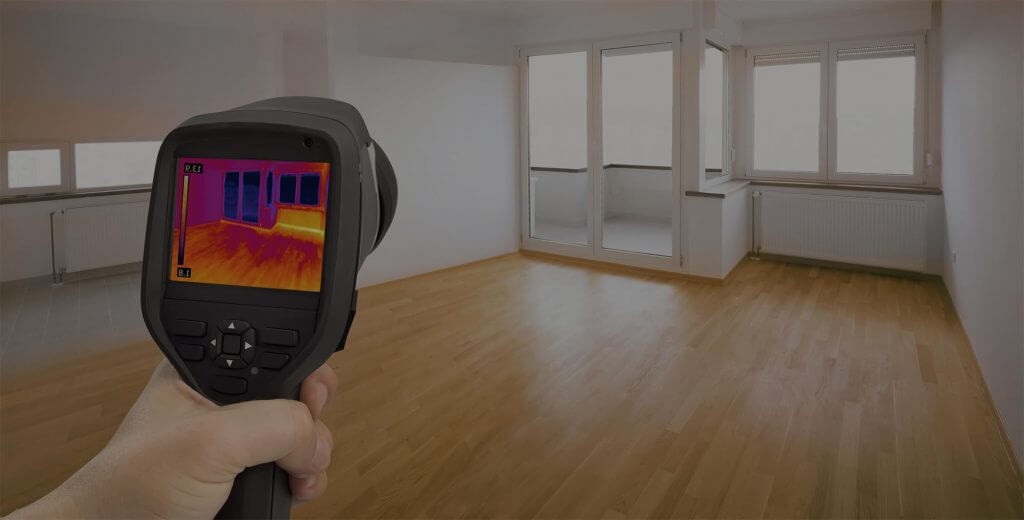In this blog, we’ll cover what bugging devices are, how they work, and how you can protect yourself from unwanted listeners.
What are Bugging Devices: A Brief Overview
A “bug” listening device is a small instrument used for surveillance, recording, and listening to conversations. While each one can look different, they tend to be very small (usually no more than a centimetre), black or silver in colour, and look similar to a small microchip. Some can be designed to look like everyday items, such as pens, phone chargers, clocks, or even power outlets.
Depending on the type, these bugs can either record audio for later use or transmit it live to whoever is listening. Some advanced models can also be activated remotely or triggered by sound.
Are Bug Listening Devices Legal?
In short, no. It’s not legal to put a bug listening device in someone’s home or office without their permission or consent. The laws vary state-by-state, but the bottom line is recording private conversations without all parties being aware is a serious offence. The only exception is if law enforcement is involved with a proper warrant.
Where are Listening Devices Usually Placed?
Because they’re designed to blend in, bug listening devices can be nearly impossible to find without the right tools or expertise. However, some common hiding places include:
- Smoke detectors or alarm systems
- Power points or light switches
- Picture frames or wall décor
- Cushions or furniture
- Inside cars (under the dashboard or seats)
- Household items like clocks or lamps
- Everyday items like pens, USB drives, or phone chargers

How to Tell if Your Home is Bugged
If you’re worried your space has been compromised by a bug listening device, there are a few signs you can look out for. These include hearing clicks or strange static during phone calls, electronics behaving oddly or losing signal in certain areas, or noticing that items around your home have been moved.
Unfortunately, there’s really no way to know if you’re being listened to via a bug unless you do a complete bug sweep of the area. However, it can be hard to know what to look for (and where) without professional expertise.
What to Do if You Think You’ve Been Bugged
There are all kinds of reasons why people are motivated to plant bugging devices, whether for domestic disputes, stalking or harassment, or gathering information for legal leverage. Whatever the reason, planting a bug is a serious breach of privacy, and in most cases, a criminal offence.
If you’re concerned that someone might be listening in, don’t leave it up to chance. Lyonswood Investigations specialises in discreet, professional bug sweep services to help you uncover any hidden surveillance and reclaim your privacy.
Contact Lyonswood Today
At Lyonswood, our expert team uses advanced equipment to detect even the most well-hidden devices legally and confidentially. Whether it’s your home, office, or vehicle, we’ll give you peace of mind and help you take back control.
Contact Lyonswood today for a confidential consultation.



